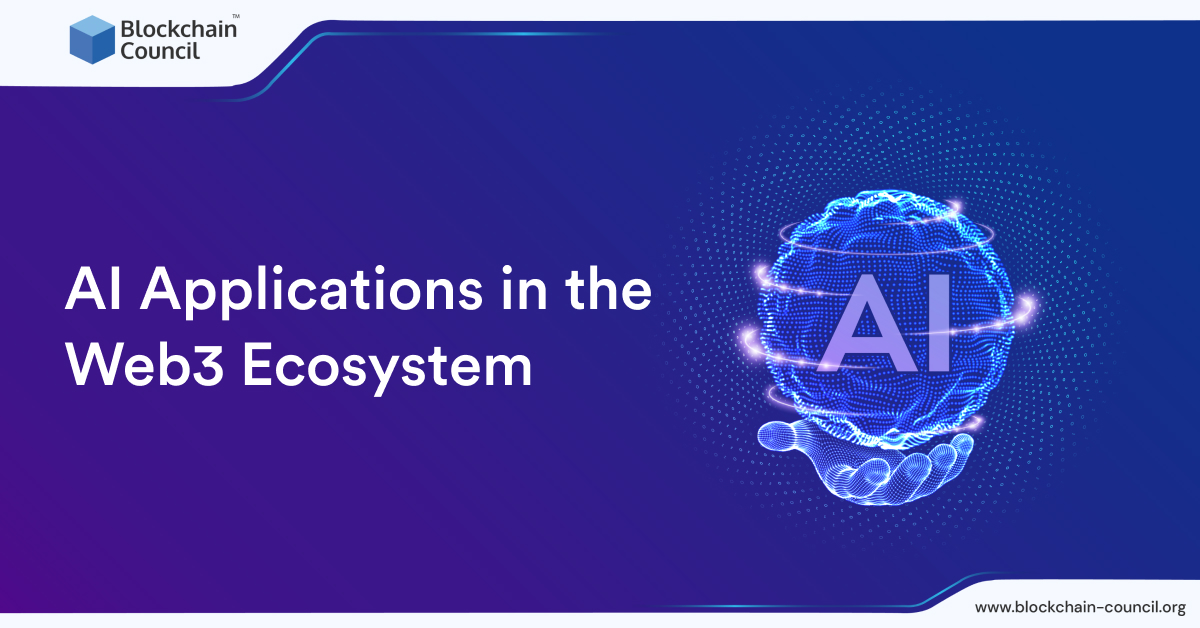
- Blockchain Council
- August 22, 2023
Summary:
- The Web3 market's value increased from $3.2 billion in 2021 to $27.5 billion in 2023, while the AI market grew from $142.32 billion in 2022 to $207.3 billion in 2023.
- AI empowers computers to learn from data and perform tasks that traditionally require human intelligence.
- AI and Web3 are reshaping technology and innovation by enhancing decentralized finance (DeFi), NFT marketplaces, smart contracts, governance, and consensus algorithms.
- AI optimizes lending protocols, detects anomalies, and improves risk management in DeFi.
- Rarible uses AI to personalize NFT recommendations based on user interactions.
- AI predicts NFT trends and artist emergence, as seen in SuperRare's AI-driven identification of emerging artists and evaluation of NFT rarity.
- AI predicts smart contract performance and prevents pitfalls, such as OpenSea using AI to combat fraud and offer market insights.
- AI adjusts governance protocols in Web3 networks; examples include KnownOrigin (authenticity verification), Proof of Stake, Delegated Proof of Stake, and Byzantine Fault Tolerance.
- AI collects and analyzes data for targeted advertisements, content filtering, and personalized experiences across various sectors, including e-commerce and healthcare.
- AI-driven virtual assistants, content recommendations, and playlists enhance user experiences and bolster cybersecurity and privacy measures.
- Semantic Web and AI-powered search engines improve content discovery, enable tailored recommendations, and enhance content curation.
- Automated content generation improves efficiency in creating articles and product descriptions, while AI enhances digital art and media creation.
- AI enables seamless communication across languages and cultures in Web3, which is crucial for global interactions.
- Procedural content generation offers diverse and evolving gaming experiences, AI-powered NPCs introduce depth, and dynamic in-game storytelling responds to player choices.
- Self-sovereign identity ensures users control their identity data, with AI aiding in decentralized identity verification and reputation systems.
- AI optimizes resource allocation in decentralized networks like Filecoin and The Graph, with predictive analytics aiding resource management in platforms like Augur, Nexus Mutual, and dYdX.
- Ethical considerations include addressing AI bias, ensuring privacy, promoting transparency and accountability, and navigating the challenges posed by deepfakes.
- Future prospects include AI-integrated virtual reality for immersive experiences, the convergence of quantum computing and AI, and AI-augmented Blockchain scaling solutions to address scalability challenges.
Introduction
Imagine a future of technology where innovation knows no bounds. AI applications in the Web3 ecosystem offer that future. In 2021, the Web3 market held a value of $3.2 billion. Fast forward to the dawn of February 2023, and that value had skyrocketed to a staggering $27.5 billion. Simultaneously, the AI market surged ahead, transitioning from $142.32 billion in 2022 to an impressive $207.9 billion in 2023. These figures, more than just digits, signify a commendable shift in our technological landscape.
At the core of this transformative landscape lies the concept of Artificial Intelligence. AI encompasses a diverse spectrum of techniques, each one empowering computers to learn from data, analyze patterns, and execute tasks that traditionally demanded human cognitive prowess. AI’s application in the Web3 ecosystem can open doors to new opportunities. But how?
In this article, we will explore the various AI applications in the Web3 ecosystem and why you must be prepared for it!
The Convergence of AI and Web3
In the ever-evolving landscape of technology, a captivating union has emerged, binding the intelligence of Artificial Intelligence (AI) with the decentralized marvels of Web3. This profound merger is not just shaping the future; it’s redefining possibilities. Join us as we embark on an exhilarating journey through the AI applications within the Web3 ecosystem, unraveling their intricate tapestry and revealing how they collectively propel us into an era of boundless innovation.
Enhancing Decentralized Finance (DeFi) with AI
The world of finance is no stranger to disruption, and the union of AI and Web3 is now orchestrating a symphony of transformation. Decentralized Finance (DeFi) is experiencing an AI-driven renaissance, where machine learning algorithms dynamically optimize lending protocols, detect market anomalies, and enhance risk management. Picture an AI-infused liquidity pool that adapts to market nuances, ensuring optimal yields for users, all while autonomously responding to fluctuations. This new dawn of DeFi is not just efficient; it’s intelligent.
Rarible, a decentralized NFT marketplace, employs AI to curate personalized recommendations based on user interactions. By analyzing browsing history and preferences, it seamlessly connects creators with their target audience, enhancing NFT discovery.
AI-Driven NFT Marketplaces
Non-Fungible Tokens (NFTs), the digital artifacts of the Web3 era, are now under the tutelage of AI, taking their artistic allure to unparalleled heights. AI algorithms analyze user preferences, artistic trends, and market sentiments, effectively predicting which NFTs might become the next cultural phenomena.
SuperRare, a curated NFT marketplace, employs AI to identify emerging artists and collectors. Analyzing reputation, token attributes, and circulation determines NFT rarity and value, fostering a vibrant ecosystem.
Smart Contracts and Predictive AI
In the Web3 realm, smart contracts are the building blocks of trust, and now, predictive AI is adding a layer of foresight. AI models anticipate contract performance, identifying potential pitfalls before they materialize. This AI-imbued foresight mitigates risks, ensures smoother contract execution, and propels the concept of “self-improving contracts” into reality.
OpenSea, the world’s largest NFT marketplace, utilizes AI to combat fraud and offer market insights. It identifies suspicious transactions and assesses historical sales data, enriching user experiences.
Governance and Consensus Algorithms
Web3’s decentralized fabric is woven with governance threads, and AI is the master weaver refining this intricate design. AI algorithms analyze consensus data, dynamically adjusting governance protocols to maintain optimal efficiency and fairness. This AI-driven governance isn’t just about decision-making; it’s about sculpting consensus mechanisms that adapt to the ever-evolving needs of a decentralized community. Let’s take some examples:
- KnownOrigin, a Blockchain-based NFT marketplace, employs AI to verify the authenticity of NFTs. By scrutinizing metadata, it ensures tamper-proof, genuine NFTs, bolstering trust in the ecosystem.
- Proof of Work (PoW) fuels blockchains like Bitcoin and Ethereum, rewarding miners for solving complex puzzles. Yet, its energy intensity challenges sustainability.
- Proof of Stake (PoS) offers an energy-efficient alternative where validators secure the network based on the cryptocurrency they hold.
- Delegated Proof of Stake (DPoS) optimizes efficiency by allowing users to delegate their voting power to elected delegates who validate transactions.
- Byzantine Fault Tolerance (BFT) bolsters security by tolerating malicious or crashed nodes, making it a reliable choice for networks like Hyperledger Fabric.
Certified ChatGPT Expert
AI-Driven Data Management in Web3
Data Collection and Analysis with AI
The heartbeat of the Web3 world is data, and AI serves as its guiding compass. Think of social media giants like Facebook, Twitter, and Instagram—they wield AI to gather and dissect user data. This treasure trove fuels targeted advertisements, platform enhancements, and content filtering to keep harmful material at bay.
E-commerce giants like Amazon and eBay leverage AI to mine user data, scrutinizing browsing history, purchase records, and search inquiries. This wealth of information fuels product recommendations, a personalized shopping voyage, and even shields against fraudulent activities.
In the healthcare sphere, AI’s prowess shines brightly as it meticulously analyzes patient medical records, test results, and symptoms. This invaluable resource fuels disease diagnosis, propels the discovery of novel treatments, and elevates patient well-being.
Personalized User Experiences through AI
Picture a virtual assistant like Amazon Alexa or Google Assistant. These AI marvels grasp voice commands, retort with personalized responses, and seamlessly integrate into users’ lives. Set alarms, groove to tunes, or command your smart abode—all with a voice, thanks to AI.
Streaming platforms like Netflix embrace AI to deliver tailored content recommendations. By dissecting your viewing history, ratings, and reviews, AI plays matchmaker, suggesting movies and TV shows that align with your taste.
Groove to Spotify’s rhythm, where AI concocts bespoke playlists. Analyzing your listening history, preferences, and even your emotional tempo, AI crafts playlists that become your sonic haven.
AI-Powered Privacy and Security Measures
In the financial cosmos and beyond, AI’s watchful eye has become synonymous with fraud detection. Banking, insurance, and healthcare sectors leverage AI to sift through oceans of data, unearthing suspicious transactions or patterns hinting at fraudulent activities.
Cybersecurity is fortified by AI’s vigilant presence. As you traverse the digital highways, AI examines network traffic, unveiling the footprints of potential cyber threats. This proactive stance thwarts cyberattacks, protecting the essence of Web3.
Privacy, a cornerstone of the Web3 philosophy, finds an ally in AI. The art of anonymizing data and sculpting privacy-centric machine learning models empowers individuals to tread confidently in the digital world.
Navigating Web3 with Intelligent Search and Discovery
Semantic Web and AI-Enhanced Search
In this era of boundless information, finding relevant content efficiently is a perpetual challenge. Enter the Semantic Web, a revolutionary concept where data is interconnected, and AI-driven search engines understand the context with human-like comprehension. Imagine searching not just for keywords but for concepts as these engines unravel the intricate tapestry of interconnectedness.
Social media giants like Facebook, Twitter, and Instagram employ AI to gather and decipher user data. This enables personalized content curation and fine-tunes ad targeting. E-commerce juggernauts such as Amazon and eBay leverage AI to analyze browsing patterns, purchasing history, and search queries. By doing so, they craft tailored recommendations and enhance user experiences while also thwarting fraudulent activities.
Contextual Recommendation Systems
At the heart of AI’s prowess lies its ability to anticipate and fulfill our preferences. Virtual assistants like Amazon Alexa and Google Assistant epitomize this, understanding vocal cues to provide seamless, personalized interactions. Streaming platforms like Netflix and Spotify are a testament to AI’s predictive prowess, suggesting shows, songs, and playlists based on your history, ratings, and mood.
In the sprawling Web3 landscape, AI-driven recommendation systems serve as our compass, guiding us through a labyrinth of choices. As we immerse ourselves in a world saturated with content, these systems ensure we navigate effortlessly, discovering gems aligned with our tastes.
AI-Powered Content Curation
Protecting user privacy is paramount in the digital age, and AI takes center stage in safeguarding our digital footprint. Industries like finance, healthcare, and insurance employ AI for fraud detection. By scrutinizing patterns and anomalies, AI acts as an invisible shield, shielding us from malicious intent.
Meanwhile, the battle against cyber threats is fortified by AI’s watchful eye. Network traffic analysis, bolstered by AI algorithms, uncovers suspicious activities and raises security barricades. In the realm of data, AI pioneers novel solutions to safeguard user privacy. Techniques like data anonymization and privacy-preserving machine learning redefine how we share information without compromising confidentiality.
AI and Enhanced Content Creation in Web3
Automated Content Generation
Imagine a world where content flows effortlessly, driven by algorithms designed to mimic human thought. Automated content generation, empowered by AI, is redefining the digital landscape. Marketers, bloggers, and businesses are harnessing AI-driven tools to curate insightful articles, engaging blog posts, and even product descriptions. These algorithms learn from existing content, adapt to trends, and craft words with uncanny precision. The result? A seamless blend of efficiency and creativity that keeps audiences captivated.
But remember, while AI can draft content, the art of storytelling remains innately human. AI provides a powerful tool, yet the magic lies in the hands of those who shape the narrative.
AI-Enhanced Digital Art and Media
The canvas of Web3 isn’t confined to words alone. AI’s brushstrokes have embellished the world of digital art and media with unprecedented splendor. Artists now collaborate with AI algorithms to generate stunning visuals, producing a fusion that pushes the boundaries of imagination. This synthesis of human creativity and artificial ingenuity births unique pieces that resonate deeply with audiences.
AI doesn’t merely replicate human expression; it enriches it. The algorithms analyze artistic styles, color palettes, and forms to create something new while echoing the essence of the creator. This symphony of human-AI collaboration opens a portal to uncharted dimensions of visual storytelling.
AI-Driven Language Translation and Localization
Web3’s global embrace requires seamless communication across languages and cultures. Enter AI-driven language translation and localization, bridging gaps and unifying the digital realm. These AI-powered systems possess the ability to decipher and convey meaning while retaining the nuances of language. From user interfaces to content translation, AI algorithms ensure a harmonious experience for users worldwide.
Yet, the intricacies of languages are more than just words. Cultural context and idiomatic expressions add layers of depth to communication. While AI aids in the process, human finesse remains pivotal to crafting translations that truly resonate across borders.
Certified Prompt Engineer™
The Role of AI in Web3 Gaming
Procedural Content Generation through AI
Imagine a gaming universe where landscapes are as diverse as our imagination, where levels, enemies, and items aren’t just predefined but are conjured anew with each playthrough. This phenomenon, known as procedural content generation, is AI’s ingenious contribution to the gaming sphere. By harnessing the power of AI algorithms, games achieve unparalleled replayability and unpredictability, transcending the boundaries of monotony.
A remarkable example of this is found in “No Man’s Sky,” where procedural generation crafts an ever-changing cosmos brimming with uncharted planets and limitless potential. The game’s universe is an AI masterpiece, redefining exploration by ensuring that no two journeys are alike. This approach not only keeps players engaged but also opens doors to unexplored dimensions of creative gaming.
Realistic Non-Player Characters (NPCs)
Traditional NPCs have often felt like mere cardboard cutouts in the tapestry of gaming, lacking depth and authenticity. However, AI’s transformative touch has introduced a new era of NPC interaction. AI-driven NPCs are no longer scripted automatons; they possess personalities, motivations, and a complexity that mirrors the real world.
Consider “Comearth,” a testament to AI’s transformative influence. NPCs, powered by AI’s intricate algorithms, learn from players’ actions, mirroring a dance of evolution and interaction. Here, the line between real and virtual blurs as NPCs grow and adapt, lending the game’s universe an authentic, breathing quality.
Dynamic In-Game Storytelling with AI
Storytelling has long been at the heart of gaming, but AI has taken it a step further by introducing dynamics that respond to players’ choices. The marriage of AI and narrative presents a tantalizing prospect: stories that morph and evolve based on individual decisions, leading to a myriad of possible outcomes.
Enter “Detroit: Become Human,” where AI orchestrates a symphony of choices, resulting in a branching narrative that reflects players’ unique journeys. Every decision is a stroke on the canvas, shaping the destiny of characters and narrative twists. This innovative narrative landscape elevates player engagement as they become authors of their stories, not just passive observers.
AI and Web3 Identity Management
Decentralized Identity Verification with AI
Embodying this transformation is the concept of self-sovereign identity, where users have complete ownership and control over their identity data. Unlike traditional models, this data isn’t stored on centralized servers but is secured through the prowess of Blockchain technology, granting users unparalleled autonomy.
AI emerges as the cornerstone of decentralized identity verification. Pioneering this fusion is Socure, an innovative force leveraging AI to authenticate users in the realm of financial services. Socure’s AI-driven system operates as an intricate detective, cross-examining an array of data points – encompassing social media profiles, phone numbers, and public records – to gauge the veracity of a user’s claims.
Socure’s innovation underscores the union of decentralized control and AI’s analytical acumen. By fusing a wealth of diverse data points, Socure’s AI crafts a holistic portrait of user identity. This harmonious interplay establishes a robust and secure verification framework, fortifying the very foundation of the Web3 ecosystem.
Self-sovereign identity, the nucleus of this advancement, places users in charge of their identity, with Blockchain technology safeguarding their data from the clutches of centralization. Furthermore, zero-knowledge proofs introduce cryptographic elegance, allowing users to validate their identity without compromising sensitive information. This innovation’s dual impact elevates both privacy and security within identity management systems.
AI-Driven Reputation Systems
In the digital arena, trust reigns supreme. AI-driven reputation systems, the unsung heroes of Web3, pivot the spotlight on trust and safety, meticulously monitored by AI’s watchful eye.
An example of this progress is Unstoppable Domains, where AI orchestrates the tracking of NFT domain owners’ reputations. In this symbiotic ecosystem, AI meticulously scours historical domain ownership data and scrutinizes digital footprints. The culmination of this analysis generates a reputation score, a testament to an individual’s credibility.
The marriage of AI and reputation systems amplifies the reliability of Web3 interactions. By nurturing a dynamic feedback loop, these systems empower users with confidence, knowing that counterparts’ reputations are under AI’s astute evaluation.
Federated learning emerges as a key player, enriching the privacy and security of identity management systems. Here, AI models undergo training on data distributed across various devices, eradicating the need for centralized data storage. This democratized approach bolsters the sanctity of personal data.
Certified Artificial Intelligence (AI) Expert™
AI-Optimized Resource Allocation in Web3
AI-Powered Resource Allocation in Decentralized Networks
In the Web3 landscape, decentralized networks leverage AI’s prowess to allocate resources with unprecedented efficiency. Consider the case of Filecoin, a groundbreaking decentralized storage network. Utilizing AI algorithms, Filecoin allocates storage resources dynamically among miners. Miners, who contribute storage space to the network, receive rewards for their invaluable role in data storage and retrieval. AI comes into play by assessing miners’ availability, capacity, and performance, ensuring optimal resource distribution. Consequently, the Filecoin network maintains its ability to promptly fulfill user demands, guaranteeing a smooth and uninterrupted experience.
Another example is The Graph, a decentralized indexing protocol empowering developers to query Blockchain data. The Graph’s network employs subgraphs, data segments indexed for efficient querying. AI-driven allocation assigns subgraphs to providers based on their capabilities. This orchestrated allocation guarantees the network’s prowess in swiftly retrieving the desired information, reinforcing the developer experience.
Ocean Protocol, a decentralized data marketplace, employs AI in allocating data to buyers. By analyzing buyers’ preferences and needs, AI ensures that data dissemination is swift and tailored, providing users with precisely the information they seek.
Predictive Analytics for Resource Management
The fusion of AI and predictive analytics has redefined resource management within Web3 ecosystems. Augur, an innovative decentralized prediction market, exemplifies this synergy. Through predictive analytics, Augur forecasts event outcomes, enabling judicious allocation of resources. By directing resources towards the most promising markets, Augur optimizes profitability, fostering an environment of informed decision-making.
Nexus Mutual, a decentralized insurance protocol, leverages predictive analytics for assessing risk. This information guides the allocation of premiums to policies, ensuring that resources are channeled toward areas with the highest potential for profitability. This strategic deployment of resources underscores Nexus Mutual’s commitment to providing robust insurance services within the Web3 paradigm.
dYdX, a decentralized cryptocurrency exchange, employs predictive analytics to forecast cryptocurrency prices. This valuable insight informs the allocation of liquidity to markets poised for heightened activity, enhancing user experiences and bolstering efficient trading.
Challenges and Ethical Considerations
Bias and Fairness in AI Algorithms
Let’s delve into the profound realm of algorithmic bias and fairness, a topic echoing across the amalgamation of AI and Web3. The COMPAS algorithm once heralded for predicting recidivism rates in US courts, spotlighted bias. Shockingly, it displayed twice as many false positives for black offenders (45%) compared to white offenders (23%). Another jarring instance arose with Amazon’s job applicant screening algorithm, which revealed gender bias, favoring resumes adorned with more masculine-sounding language. Even in London, facial recognition AI exposed its limitations, being less adept at identifying black individuals than their white counterparts.
Privacy Concerns in AI-Enabled Web3 Applications
The intersection of AI and Web3 births a new dimension of privacy concerns. As AI-imbued Web3 applications amass substantial personal data, the potential for misuse looms. This trove of data could be wielded to shadow users’ activities, unveil their identities, or, worse, perpetuate discrimination. The ominous specter of deepfakes arises too – AI-generated videos or audios, often manipulated to fabricate unreal scenarios. These synthetic creations, masquerading as truth, harbor the power to disseminate misinformation and tarnish reputations.
Ensuring Transparency and Accountability
In the uncharted territories where AI harmonizes with the decentralized essence of Web3, the clarion call for transparency and accountability resounds. Demystifying the cryptic veil of AI algorithms becomes crucial – the “why” and “how” behind their decisions must be accessible. Enterprises like LIME and SHAP illuminate the inner workings, lending transparency to intricate decision-making processes. Additionally, Web3’s digital ledger, an emblem of transparency, can bolster accountability, enabling the tracking of AI-mediated choices.
Future Prospects and Innovations
AI-Integrated Virtual Reality in Web3
Imagine stepping into a virtual world where every interaction feels uniquely tailored to you. This is the reality AI-Integrated Virtual Reality (VR) is shaping. Take, for instance, Dungeon Alchemist—a game that employs AI to generate diverse game maps and characters, creating an ever-evolving gaming experience.
The social platform VRChat allows users to craft and explore virtual realms alongside others. AI’s role in this context extends to generating realistic avatars, crafting dynamic content, and facilitating user interactions. Meanwhile, Meta’s Horizon Worlds leverages AI to elevate the VR experience through more immersive events, concerts, and games, all while ensuring content moderation and abuse prevention.
Quantum Computing and AI in Web3
Quantum computing is poised to propel Web3 into uncharted territories, and its convergence with AI opens doors to extraordinary possibilities. Quantum-secured blockchains, for instance, confront the potential security risk posed by quantum computers breaking current encryption. But on the flip side, quantum computing can birth new, more secure Blockchain models.
AI-powered decentralized applications (DApps) exemplify this synergy, enhancing DApp performance, security, and scalability. AI optimizes transaction routing, detects fraud, and crafts personalized user experiences. Moreover, AI-powered oracles, the data providers to smart contracts, attain heightened accuracy, reliability, and security, bolstering the very foundation of decentralized operations.
AI-Augmented Blockchain Scaling Solutions
Blockchain’s potential is profound, yet scaling remains a challenge. AI-Augmented Blockchain Scaling Solutions offer a transformative approach. Sharding, for instance, strategically divides blockchains into smaller fragments, bolstering scalability. AI’s involvement lies in refining sharding algorithms and ensuring synchronization across shards.
Layer 2 solutions, perched atop blockchains, introduce extra scalability. Here, AI optimizes performance and security, augmenting the efficiency of these solutions. Additionally, off-chain scaling solutions store data and execute transactions outside the Blockchain. AI-driven optimization ensures the security and viability of these off-chain strategies.
Conclusion
In conclusion, AI applications in the Web3 ecosystem open a gateway to a future brimming with innovation and transformative potential. From AI-enhanced virtual reality experiences that offer dynamic and immersive interactions to the amalgamation of quantum computing and AI that promises heightened security and efficiency and the application of AI in scaling solutions that address the challenges of Blockchain expansion – the landscape is rich with opportunities. As we navigate this evolving landscape, the potential for innovation is boundless. AI’s role within Web3 is a call to action for us to explore, innovate, and shape the digital future that lies ahead.
- AI tailors content and interactions to individual preferences.
- AI provides data-driven insights for informed decision-making.
- AI-driven avatars and dynamic content enrich virtual experiences.
- AI-integrated systems might be susceptible to hacking and data breaches.
- AI algorithms can perpetuate biases and inequalities if not carefully designed.
- Over-reliance on AI can lead to loss of control over critical functions.
- AI refines sharding algorithms for efficient data distribution.
- AI enhances layer 2 solutions’ performance and security.
- AI fine-tunes off-chain scaling for seamless data management.
- Clearly communicate AI’s role and decision-making processes.
- Address and minimize biases in AI algorithms for equitable outcomes.
- Safeguard user data and ensure compliance with privacy regulations.
- Establish mechanisms to rectify AI-related errors and hold developers accountable.

































































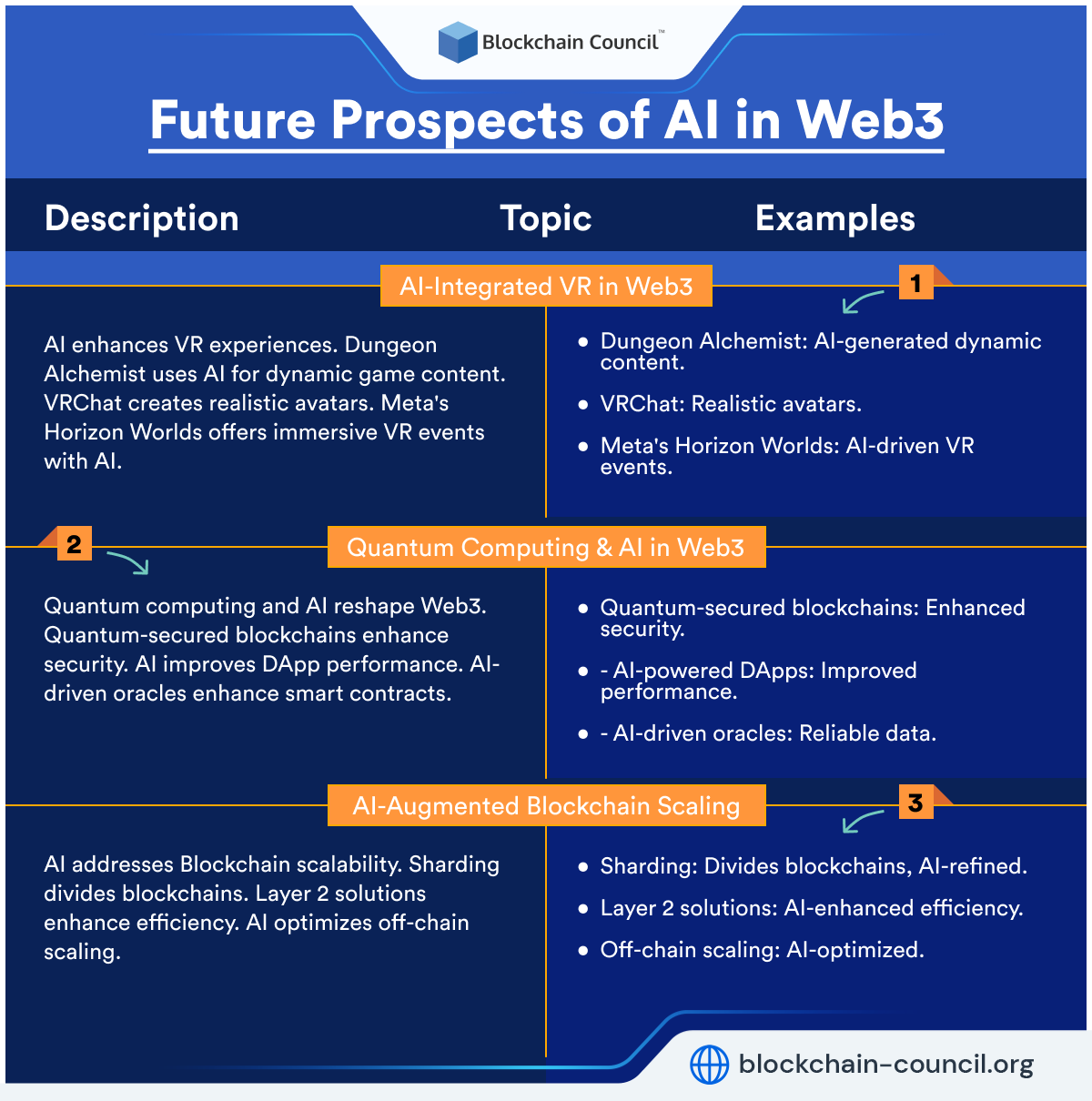
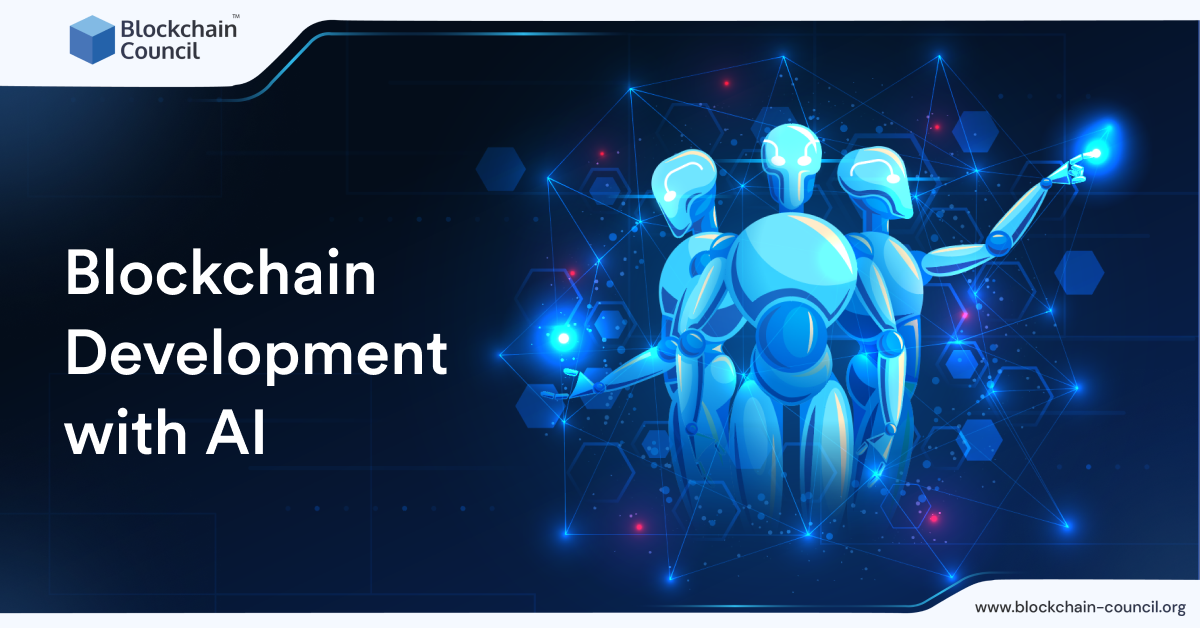

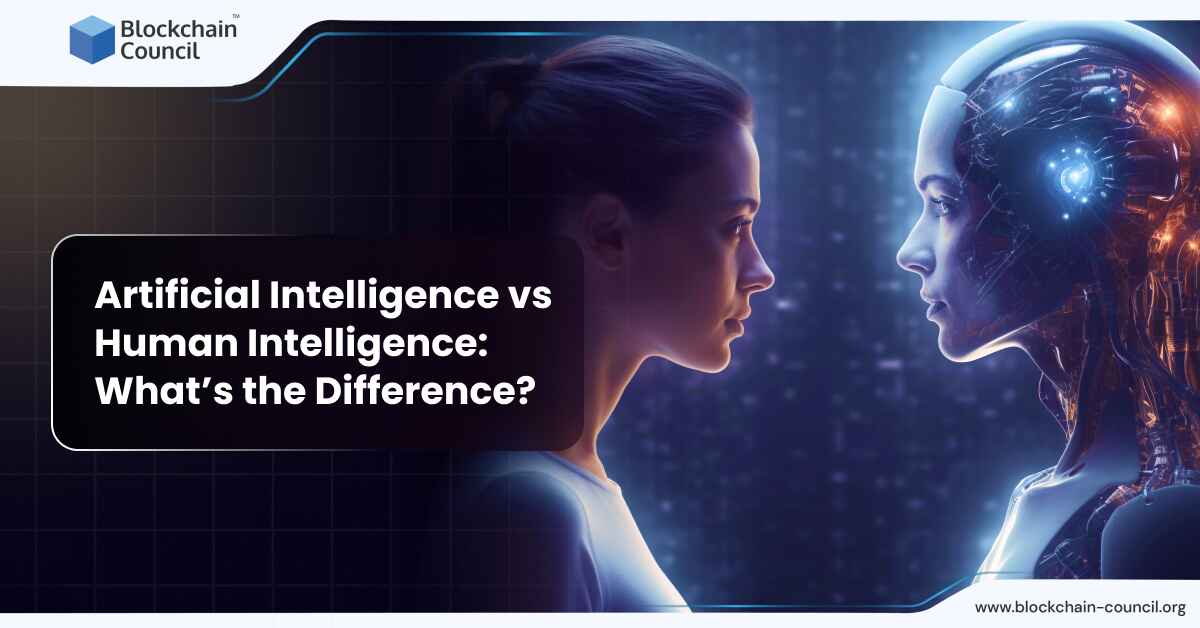
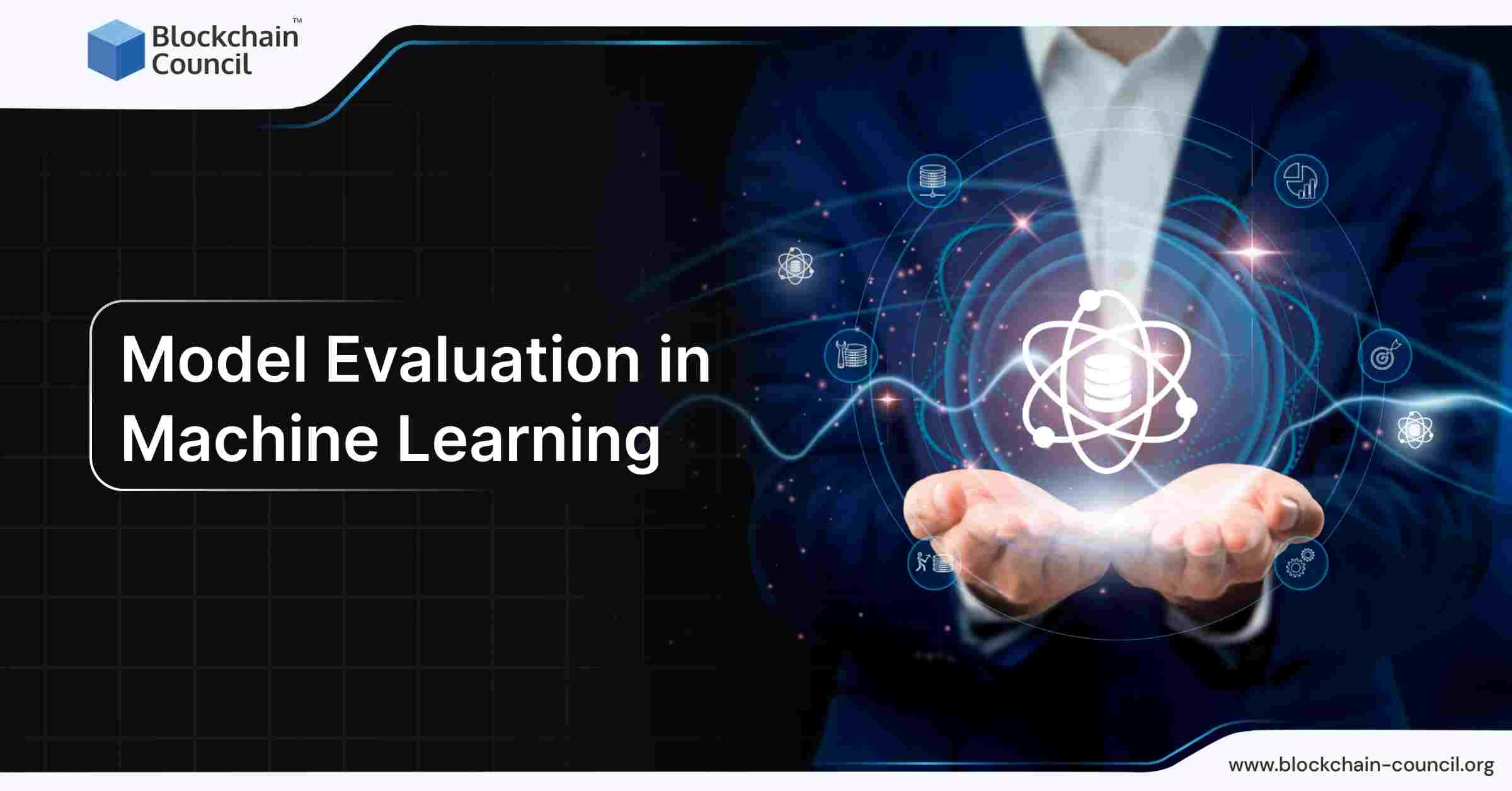
 Guides
Guides News
News Blockchain
Blockchain Cryptocurrency
& Digital Assets
Cryptocurrency
& Digital Assets Web3
Web3 Metaverse & NFTs
Metaverse & NFTs
